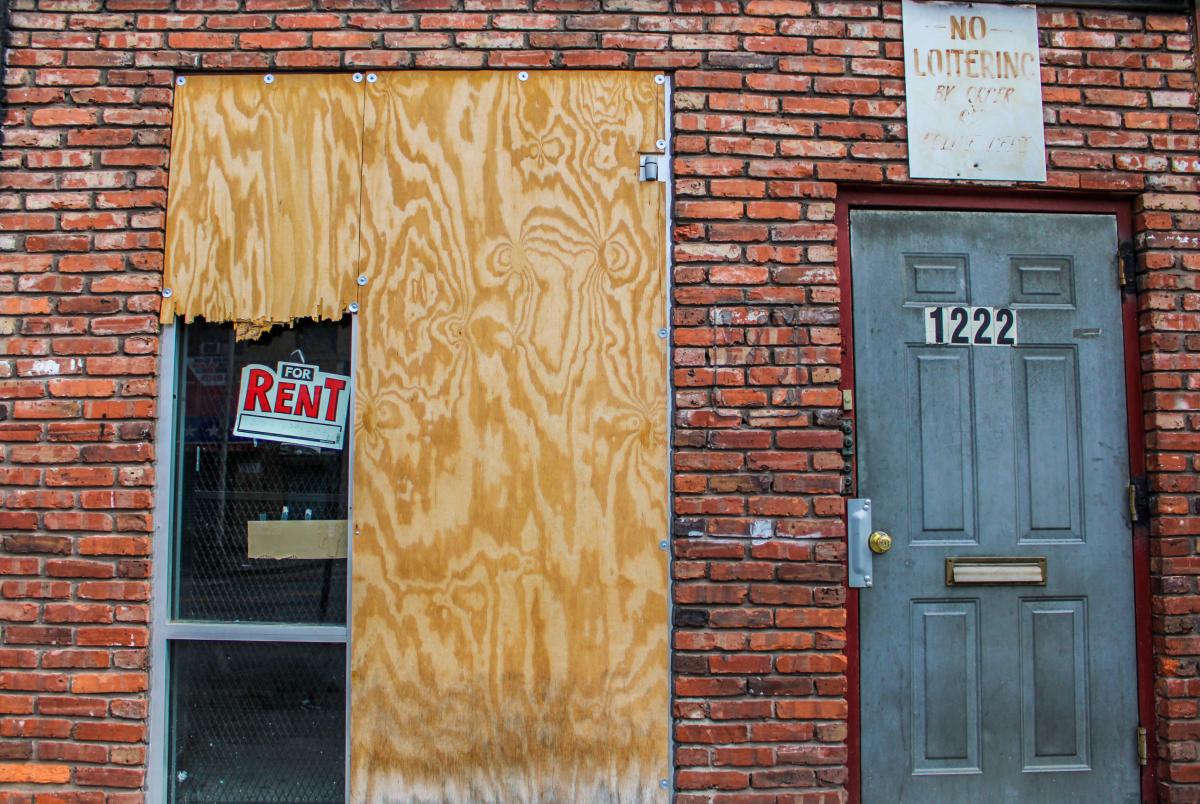How It Started
It’s a now familiar story: I had plans for winter 2020. I was going to create a lesson plan that used photographs as tools for historical analysis to complement the exhibition Welcome Home: A Portrait of East Baltimore, 1975-1980. Funded by a generous grant from the National Endowment for the Humanities, my vision included lots of face-to-face interactions with students. Fast-forward to March 2020, when those original plans became impossible due to the global pandemic. Yet something truly wonderful happened. As we started over, we figured out how to partner meaningfully with a community-based organization to achieve something neither of us could have done alone.
In August 2020, I reached out to Kyla Liggett-Creel, a professor at the University of Maryland School of Social Work. I found her survey project asking youth what they wanted from their city leaders inspiring and asked for her honest feedback about my initial ideas. She offered genuine advice—pay people for their time, listen more, talk less, check my assumptions—and connected me to Karim Amin, executive director of Voices of 21217, an arts-based education nonprofit in Baltimore, Maryland that empowers youth and centers their voices through storytelling.
Karim is a veteran educator who launched Voices of 21217 in 2019, after being frustrated with large education systems and charitable non-profits that were not providing practical skills (like photography) that youth can use in their adult lives. Additionally, he told me that he that found these larger institutions expected youth to come to them, rather than bringing programming to the community. Karim and I began talking in September, each with our own concerns as to what a collaboration might look like. I was wary of over committing to a grassroots organization that was just getting off the ground. I also wanted to show good faith that we were not just interested in getting a good story for the donors then disappearing. To build trust, Karim and I tried to be accountable, transparent, and responsive. We had honest conversations about racial and power dynamics, but we also talked about our families and fears around the pandemic. Eventually, we set up a memorandum of understanding between SAAM and Voices of 21217, outlining Karim’s deliverables and ensuring payment directly to the students for their participation and the creation of photographs.
How It Went
Working together, we tested a curriculum that I had written. Over the course of five meetings beginning in January 2021, the students of Voices of 21217 participated in activities based on photographs in SAAM's Welcome Home exhibition. They gave their honest feedback and I incorporated it into the lessons.
We channeled funds to Baltimore photographer Shae McCoy, who has recently self-published West Baltimore Ruins. She initially agreed to a single virtual session with Voices youth to talk about professional pathways in the art world. After her conversation with Karim’s students, she generously offered to support their field work, joining them on a walk through the neighborhood to capture their own community portraits through documentary photographs.
As a result of this collaboration, participating youth created a stunning portfolio of community portraits. SAAM staff and Voices of 21217 stakeholders nominated a “Top Ten” that are featured alongside the final curriculum as inspiration for teachers nationwide in a project called Recording a Changing Nation. John Jacob, the McEvoy Family Curator for Photography at SAAM, attended the student presentations of their work. With his presence, we wanted to show the students that the museum valued their participation.
Benefits
Our collaboration gave Voices access to funds and connections at a critical time and has led to many new opportunities for the students and the organization to be involved with their community. In an upcoming post, we will hear from Karim directly about the outcomes of the collaboration.
For SAAM, this work has added a vital contemporary dimension to the stories our objects can tell. The lesson plan I wrote was improved dramatically by Karim and his students’ evaluations. At a time when this work seemed impossible, our common purpose and teamwork made this one of the most authentic and mutual collaborations I have ever participated in. At each step, I learned lessons about institutional humility, navigating bureaucracy on behalf of a smaller organization, and building a mutually beneficial relationship.
Learn more as SAAM educator Elizabeth Dale-Deines talks to community leader Karim R. Amin about the outcomes of creating a youth-focused collaboration.




















